According to a study published in the Harvard Theological Review, archaeologists have uncovered signs of an ancient gateway to the underworld near Jerusalem. This site has been found to contain artifacts, skulls, coins, and lamps spanning several millennia.
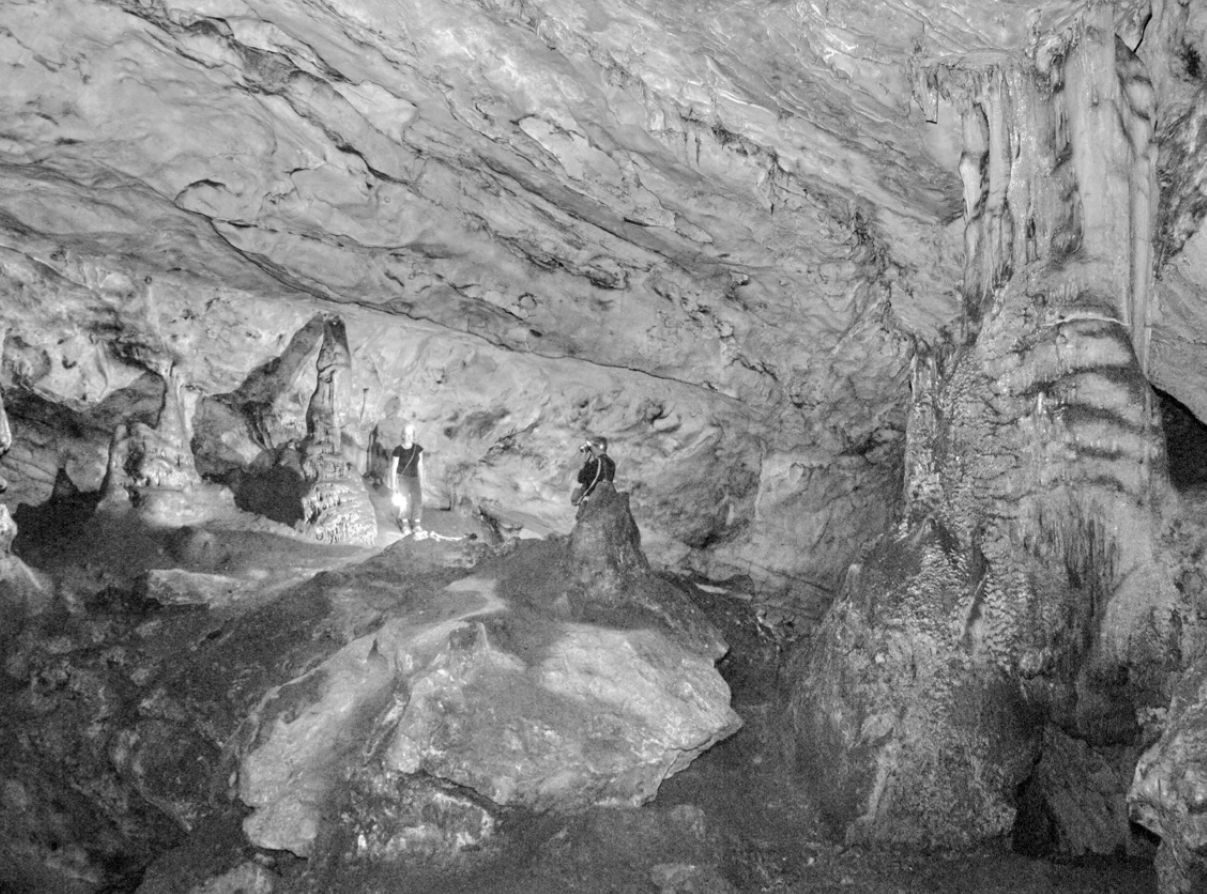
Since 1873, Te’omim Cave, situated in the Jerusalem Hills of Israel, has been the subject of study. Scholars have long believed that the spring water circulating in the subterranean system was thought to possess healing powers by those who visited the cave between 4,000 BCE and the fourth century CE.
Legends and historic events have been linked to the cave. During the Bar Kokhba revolt of the 2nd century CE, it was utilized as a refuge by Jewish insurgents, as Vice reported.
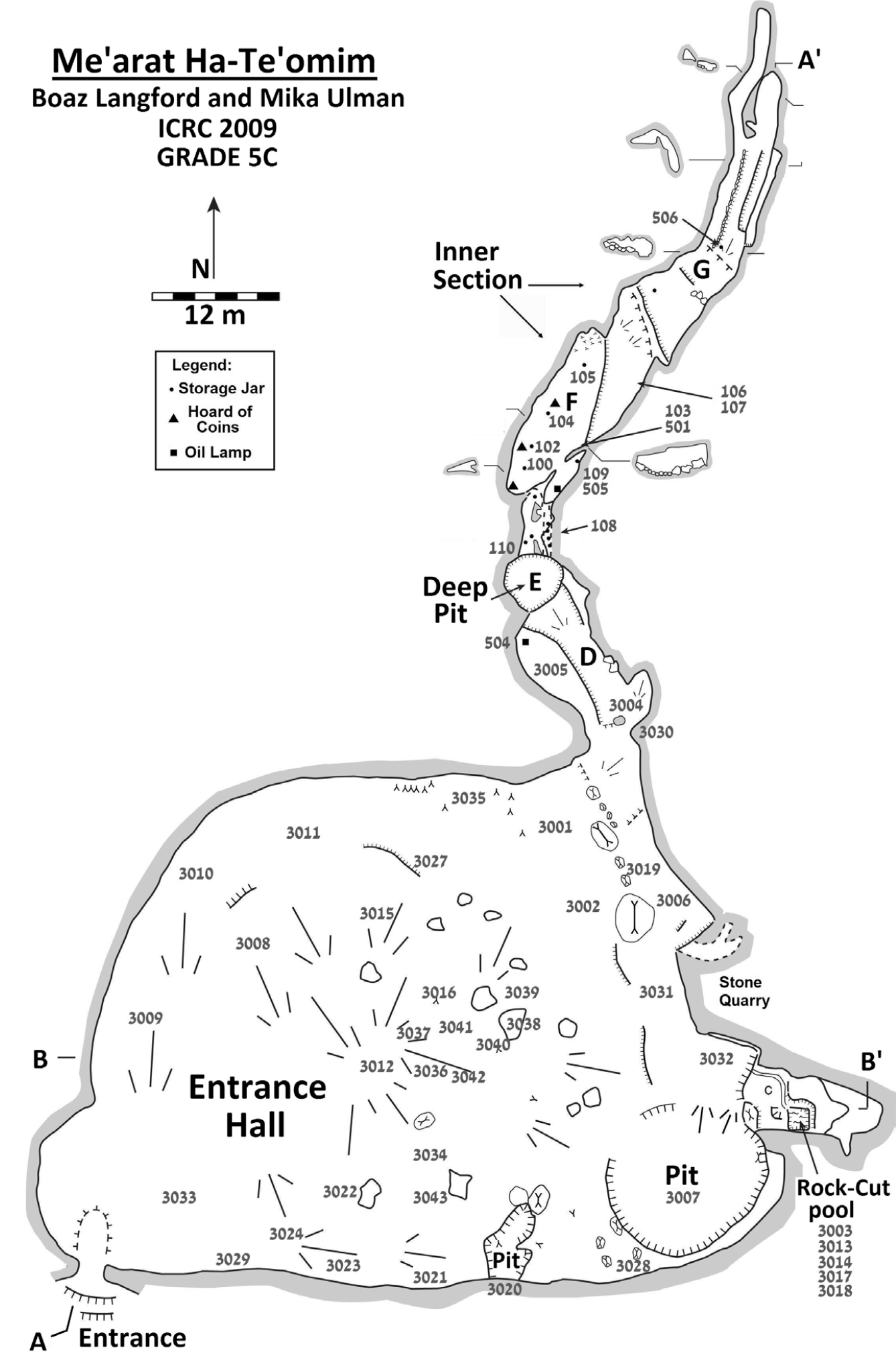
Since 2009, the Martin (Szusz) Department of Land of Israel Studies and Archaeology at Bar-Ilan University and the Cave Research Center at the Hebrew University of Jerusalem have been working together on excavations in the cave.
The researchers uncovered numerous odd artifacts while exploring the area; this included sections of three human skulls, 120 oil lamps, artifacts from the Bronze Age approximately 2,000 years older than the lamps, and pottery, which were placed together in the cracks of rocks and hidden away.
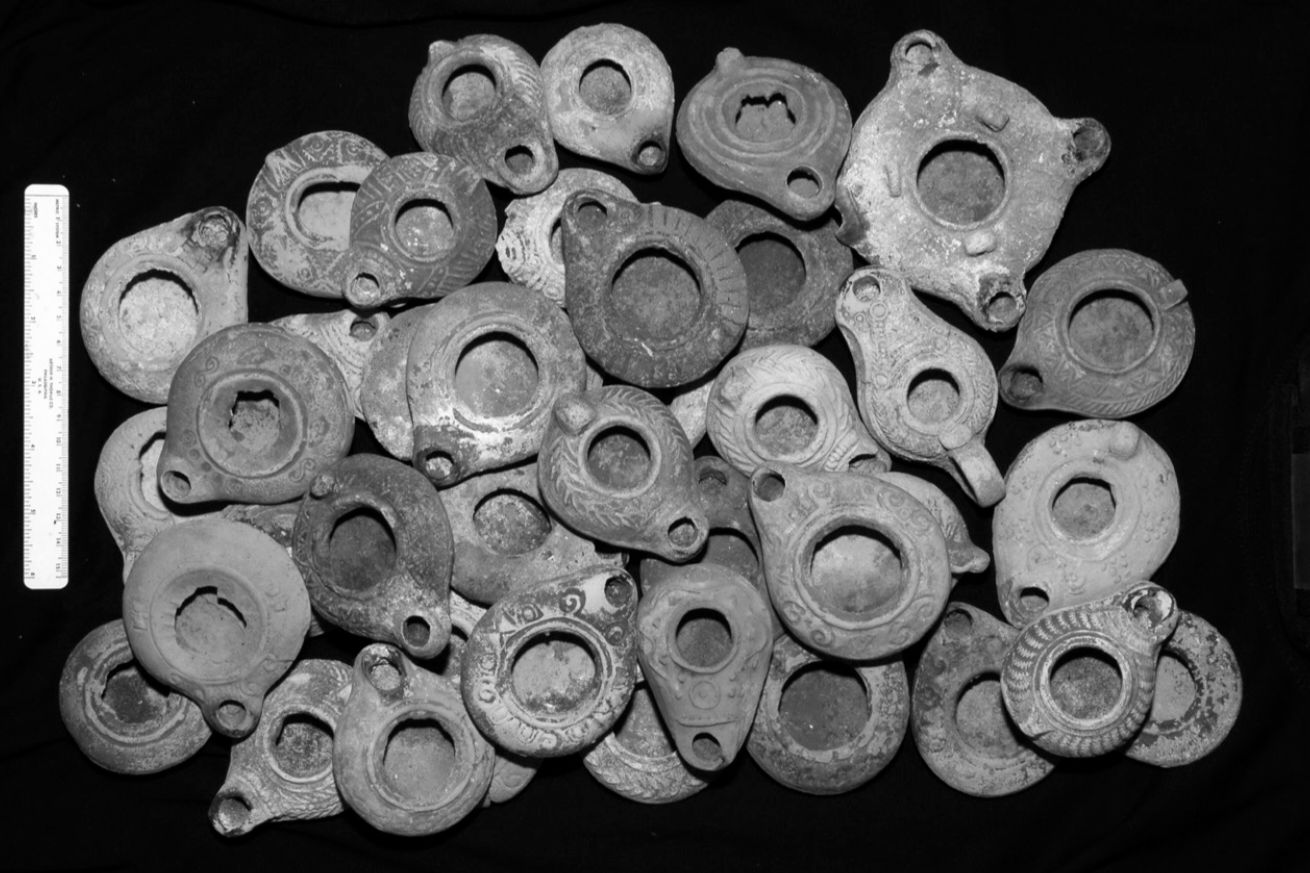
The archaeologists Eitan Klein and Boaz Zissu, from the Israel Antiquities Authority and Bar-Ilan University respectively, cautiously suggest that rituals of necromancy were conducted in Te’omim Cave during the Late Roman period. Furthermore, they posit that the cave may have been used as a local oracle (nekyomanteion) for this purpose.
Professor Boaz Zissu highlighted that this territory saw a significant shift after the Bar Kokhba Revolt had come to an end.
Prof. Zissu elucidated further, prior to this, the area was populated by Jews, and afterwards, with the absence of inhabitants, Roman pagan settlers moved in, introducing new rituals as they settled.
In the research study, it was stated that the Te’omim Cave in the Jerusalem hills has the essential components to be considered a portal to the underworld. The objects found in the hidden crevices of the cave, such as oil lamps, ceramic and glass bowls and vessels, an axe head, and daggers, were used for sorcery and magic in caves believed to be gateways to the underworld. These objects were utilized to foretell the future and summon the souls of the deceased.
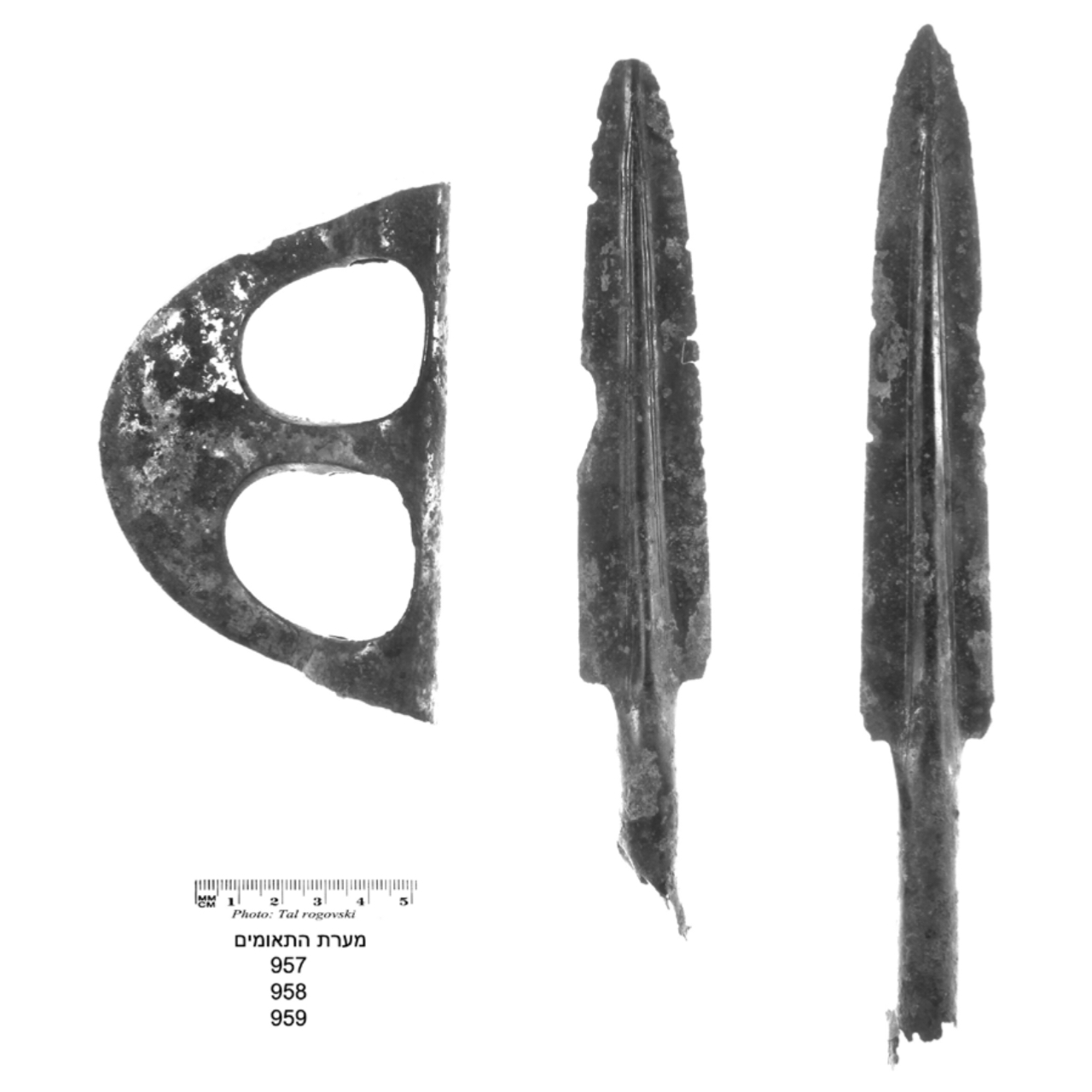
Based on the fact that a large quantity of ceramic oil lamps has been discovered in the Te’omim Cave in comparison to the few human skulls, the researchers propose that the main ritual activity taking place there involved depositing oil lamps in honor of the underworld spirits. It is likely that this was part of ceremonies conducted in the cave to bring back the dead and foretell the future.
The scholars attempted to detect magical practices and commented that this was not simple. Magical practice is employed in ceremonial actions that are executed, largely by individuals, to attain a preferred outcome. In some cases, the procedures may need to be conducted in a particular place or necessitate the utilization of certain material culture. Therefore, to find magic in an archaeological context, we must pursue physical evidence for those practices.
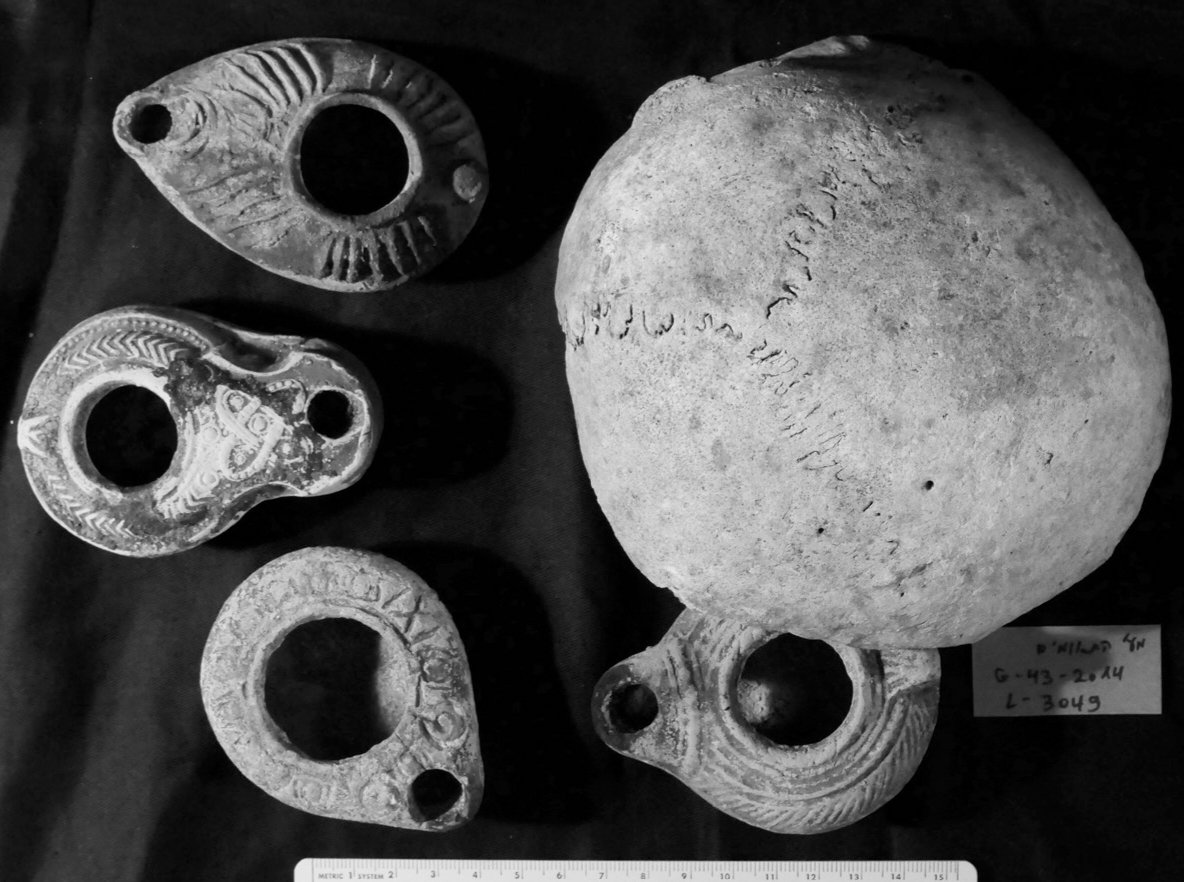
By examining the discoveries and their respective archaeological contexts, the researchers were able to gain a better idea of the divination rituals that likely went on in the cave, and were able to glean more concrete information about the incantations of the Greek and Demotic Magical Papyri.
In conclusion, this discovery has captured the imagination of both believers of folklore and enthusiasts of historical facts. This cavern, steeped in legend and mystery, has now been confirmed as a remarkable archaeological find. Its exploration opens the door to further understanding the ancient beliefs and rituals of the region.
The research was originally published by Cambridge University Press on July 4, 2023.




